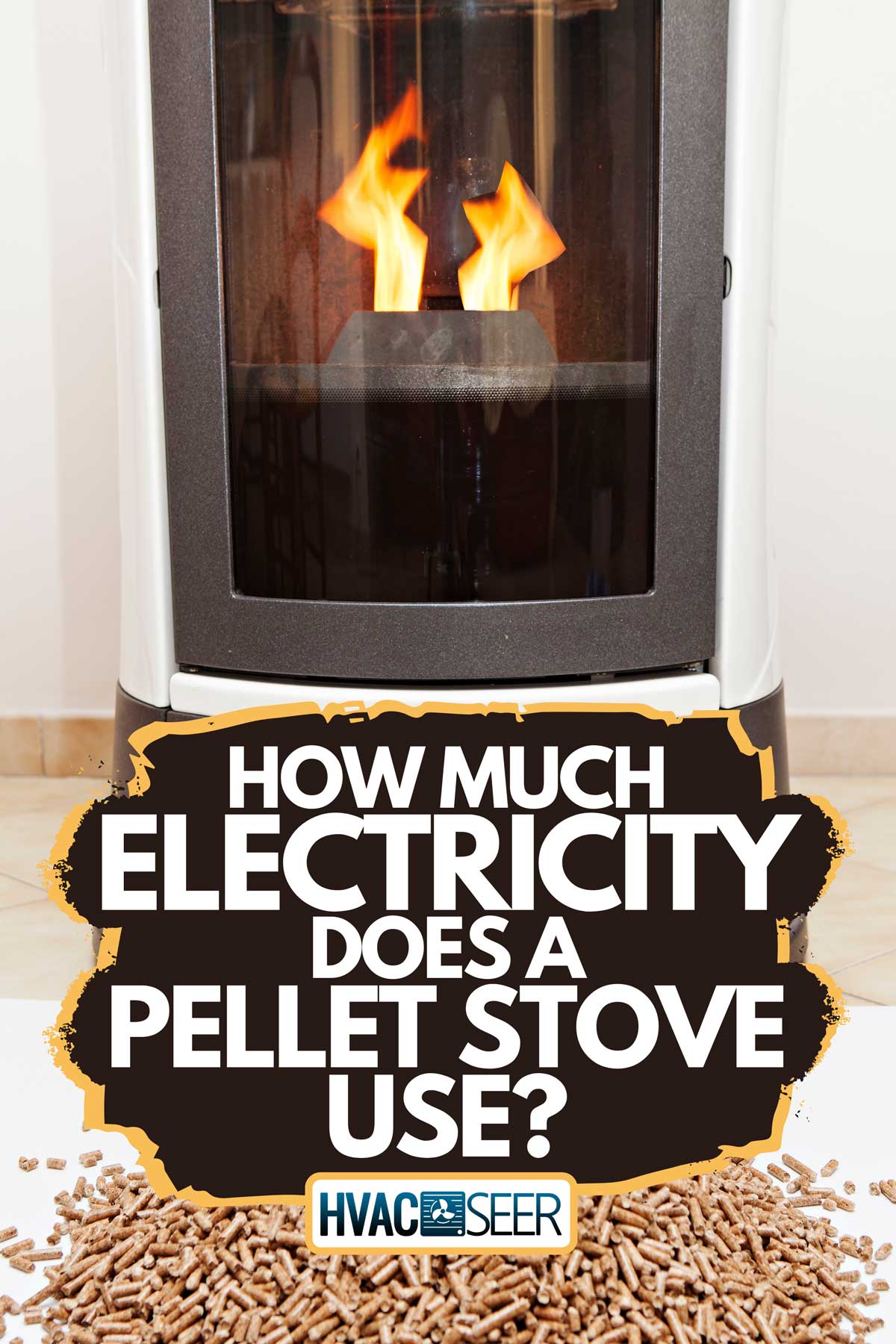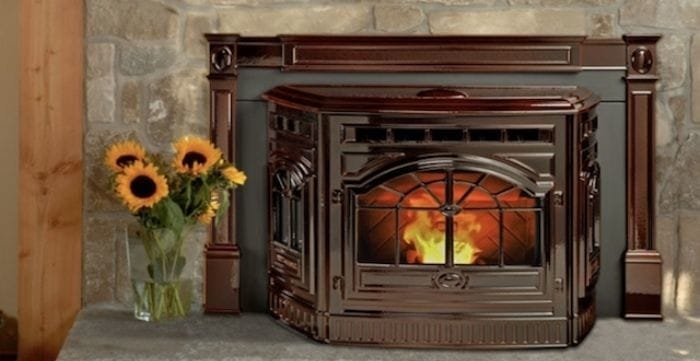how much electricity does a pellet stove use
A pellet stove is a popular heating appliance that uses wood pellets as fuel. It provides warmth and comfort, making it a great alternative to traditional fireplaces or electric heaters. But have you ever wondered how much electricity a pellet stove actually uses? In this article, we will explore the energy consumption of pellet stoves and provide you with all the information you need to know.
Understanding Pellet Stoves
Before we dive into the electricity usage of pellet stoves, let's take a moment to understand how they work. A pellet stove operates by burning small, compressed pellets made from wood or biomass. These pellets are automatically fed into the stove's burn chamber, where they are ignited and produce heat.
Pellet stoves come with a built-in control panel that allows you to adjust the heat output and other settings. They also have a hopper for storing the pellets, which can be refilled as needed. The heat produced by a pellet stove is distributed through a fan or convection system, which blows the warm air into the surrounding space.
Electricity Consumption of Pellet Stoves
While pellet stoves primarily rely on burning wood pellets for heat, they do require a small amount of electricity to operate. The electricity is used to power various components of the stove, such as the control panel, fans, and auger motor responsible for feeding pellets into the burn chamber.
The amount of electricity consumed by a pellet stove can vary depending on its size, features, and usage. On average, a pellet stove consumes between 75 and 300 watts of electricity per hour. However, it is important to note that this is a rough estimate, and the actual consumption can be higher or lower based on different factors.
For example, a smaller pellet stove with basic features may consume around 75 watts per hour, while a larger, more advanced model with additional fans and controls may use up to 300 watts per hour. Additionally, if you use the stove at its maximum heat output, the electricity consumption may increase.
Factors Affecting Electricity Usage
Several factors can influence the electricity usage of a pellet stove. Let's explore some of the main factors to consider:
1. Heat Output
The heat output of a pellet stove is measured in British Thermal Units (BTUs) per hour. Higher heat output means the stove will burn more pellets, which in turn may require more electricity to power the auger motor and fans. It is essential to choose a pellet stove with an appropriate heat output for your space to ensure efficient heating.
2. Fan Speed
Pellet stoves use fans to distribute the heat generated. The fan speed can be adjusted to control the airflow and heat distribution. Higher fan speeds may consume more electricity, especially if you need to circulate the warm air over a larger area. It's recommended to find the optimal fan speed that balances comfort and electricity usage.
3. Thermostat Settings
Most pellet stoves come with a built-in thermostat that allows you to set the desired temperature. When the room reaches the set temperature, the stove will automatically adjust its heat output. Using the thermostat efficiently can help optimize electricity usage by preventing unnecessary overheating.
4. Insulation and Home Layout
The insulation of your home and its layout can impact the effectiveness and electricity usage of a pellet stove. Well-insulated homes trap the heat better, reducing the need for the stove to run at higher heat levels for extended periods. Additionally, the layout of your home can influence the airflow and heat distribution, requiring the stove to work harder.
Energy Efficiency of Pellet Stoves
Now that we understand the electricity consumption of pellet stoves, let's discuss their energy efficiency. Energy efficiency is a measure of how effectively an appliance converts its fuel into usable heat. Generally, pellet stoves are considered highly energy-efficient due to their design and combustion process.
Pellet stoves have high combustion efficiencies, typically ranging from 75% to 90%. This means that they convert a significant portion of the pellets' energy into heat, minimizing waste. In comparison, traditional fireplaces are much less efficient, with combustion efficiencies often below 50%.
Furthermore, pellet stoves use a controlled combustion process, ensuring that the wood pellets are burned efficiently and cleanly. This results in fewer emissions and less environmental impact compared to other heating options.
Tips for Efficiently Using a Pellet Stove
To make the most of your pellet stove and minimize electricity usage, consider the following tips:
1. Maintain the Stove Regularly
Regular maintenance is crucial for the optimal performance of your pellet stove. Clean the burn chamber, exhaust vents, and ash traps regularly to prevent clogging. A well-maintained stove operates more efficiently, reducing the need for excessive heat output and electricity consumption.
2. Optimize Thermostat Settings
Learn to use the thermostat efficiently and set it to the desired temperature. Avoid setting the stove to unnecessarily high heat levels, as this can lead to wasted energy. Find the right balance that keeps you comfortable while minimizing electricity usage.
3. Use High-Quality Wood Pellets
The quality of the wood pellets you use can have an impact on energy efficiency. High-quality pellets with lower moisture content and fewer impurities burn more efficiently, resulting in better heat output and less electricity consumption. Look for pellets that meet industry standards and recommendations.
4. Properly Insulate your Home
Good insulation can significantly reduce heat loss and prevent drafts. Adequately insulate your home to ensure that the warmth from the pellet stove stays inside. This will help maintain a comfortable indoor temperature and reduce the workload on the stove, ultimately lowering electricity usage.
Conclusion
A pellet stove is an excellent heating option that provides warmth and comfort during the colder months. While it does require a small amount of electricity to operate, the overall energy consumption is relatively low compared to other heating alternatives. By understanding how pellet stoves work and implementing energy-efficient practices, you can enjoy the benefits of a pellet stove while minimizing electricity usage. Stay warm!
Image Sources:

Image Source: HVACseer.com

Image Source: Kitchen Rank



Join the conversation